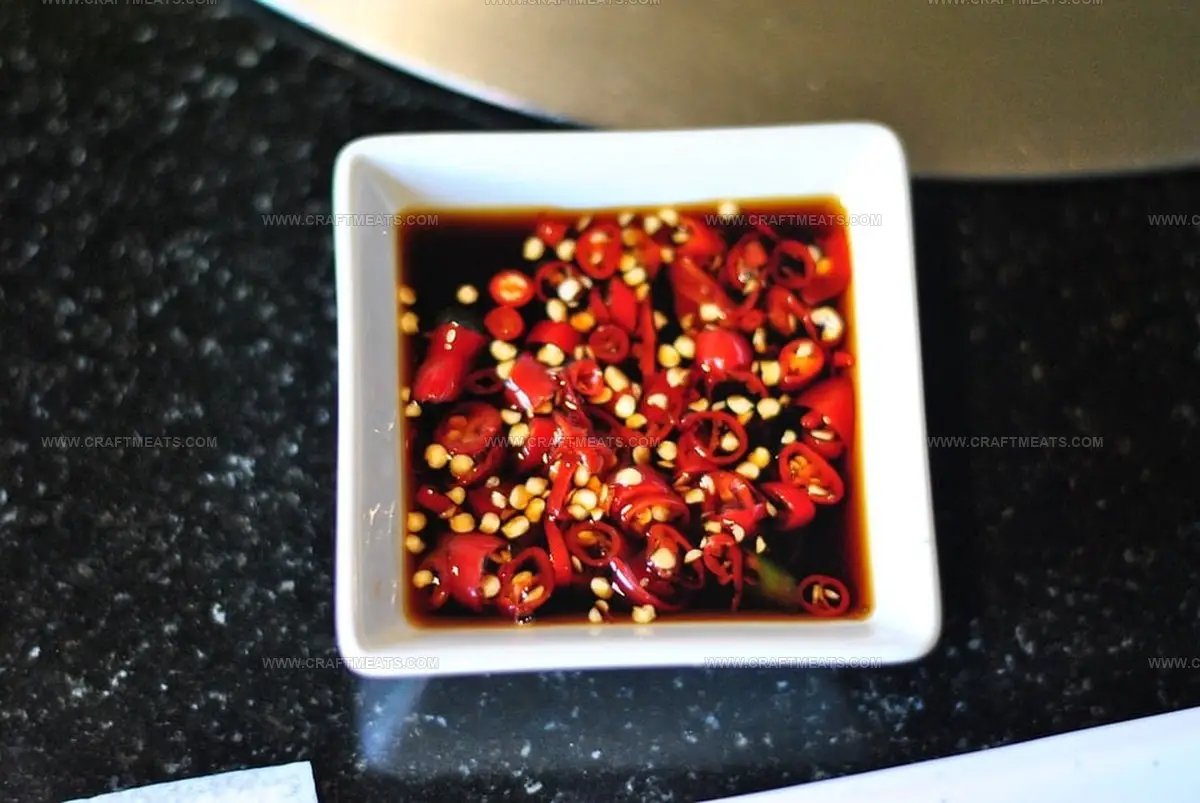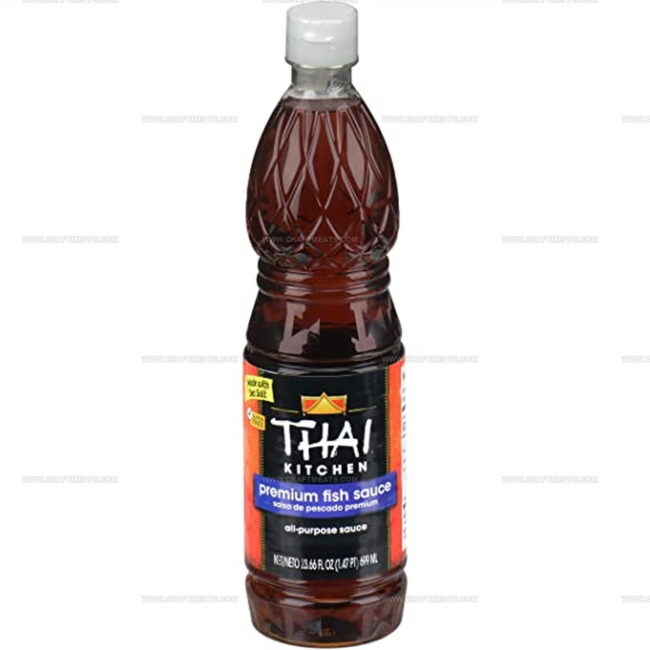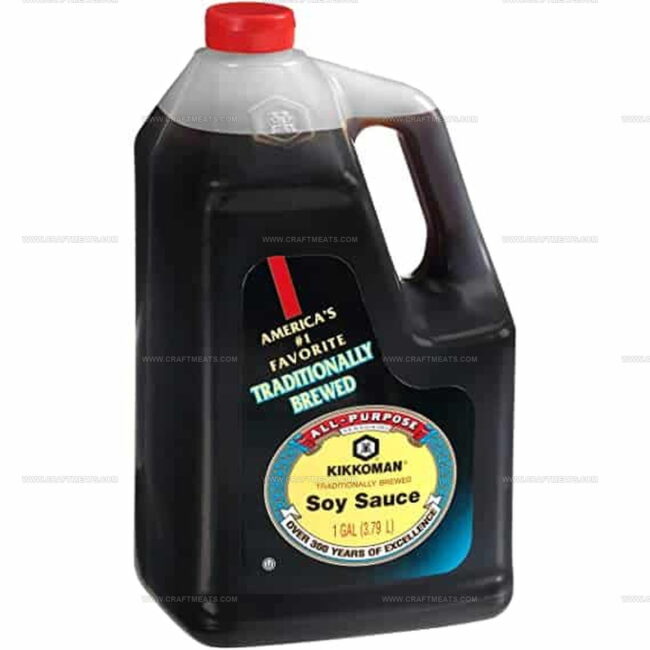4 Oyster Sauce Replacements That Add Umami
Oyster sauce substitutes can transform your cooking when you need an alternative to this distinctive Asian condiment.
It's a common predicament for home cooks to find their pantry lacking oyster sauce just as a recipe demands it.
The rich umami flavor profile makes oyster sauce somewhat challenging to replace perfectly, though several viable alternatives exist in most kitchens.
Some substitutes capture the savory depth, while others mimic the slightly sweet undertones characteristic of traditional oyster sauce preparations.
Authentic Asian cuisine often relies on this thick, syrupy condiment for that distinctive taste hard to achieve through other means.
Food enthusiasts searching for perfect replacements should consider both taste similarity and consistency when selecting an alternative.
The following sections will guide you through the best options for every cooking situation when oyster sauce isn't available.
Substitutes of Oyster Sauce
Oyster sauce missing from the pantry can be handled without slowing down by using something else in its place. This ensures the step is completed as smoothly as the rest.
Fish Sauce
Oyster sauce is a rich, brown, and slightly sweet condiment that's commonly confused with fish sauce in many kitchens.
Fish sauce, its closest substitute, appears thinner and lighter without the sweetness, offering instead what some describe as a nutty flavor profile.
The key difference lies in their ingredients - oyster sauce combines actual oysters with salt and sugar, while fish sauce contains only fermented fish and salt, explaining their distinct tastes.
In recipes with multiple ingredients, you can swap in fish sauce with a small sprinkle of sugar to help balance its sharper edges.
Teriyaki Sauce
Oyster sauce substitutions can save your dish when you're missing this key ingredient.
Teriyaki sauce, with its thick consistency similar to oyster sauce, makes a decent replacement despite being sweeter and less concentrated than the original.
Fish sauce provides a more intense flavor profile but lacks the characteristic thickness that teriyaki sauce offers.
When substituting, remember that 2 teaspoons of teriyaki sauce equals 1 tablespoon of oyster sauce, and adding a teaspoon of liquid from canned oysters enhances the authenticity.
Soy sauce forms the base of teriyaki, complemented by sugar and typically sake or mirin, creating that signature balance of flavors.
Soy Sauce
Soy sauce offers a handy replacement when oyster sauce runs out in your kitchen, providing that familiar salty, savory flavor most dishes need.
Many home cooks already have soy sauce packets tucked away from takeout orders or a bottle in their pantry, making it an accessible option during cooking emergencies.
The main differences between these sauces matter - oyster sauce has a thicker consistency that drips slowly while soy sauce flows much more freely, potentially affecting the texture of your final dish.
Soy sauce also lacks the natural sweetness found in oyster sauce, but this problem has a simple fix - just add a small pinch of sugar to balance the flavors.
Hoisin Sauce
Hoisin sauce is an excellent substitute for oyster sauce with its rich umami flavor profile and similar culinary applications.
This Chinese condiment offers comparable depth but with a slight sweetness and occasional sour notes that distinguish it from the more concentrated oyster sauce.
Different brands contain varying ingredients such as garlic, chili paste, or vinegar, so checking the label before cooking is important for best results.
Adding a splash of fish sauce can enhance the substitution by providing that missing intensity many dishes require.
You can find hoisin sauce in most grocery stores, making it a convenient alternative when oyster sauce isn't available in your kitchen.
Signature Dishes That Rely on Oyster Sauce
Oyster sauce is a staple in Asian kitchens, loved for its deep umami taste and glossy texture that brings out the best in countless dishes.
These signature dishes just wouldn’t be the same without oyster sauce, thanks to its unique ability to add depth, savoriness, and a hint of sweetness.
When Not to Replace Oyster Sauce
There are times when oyster sauce is simply irreplaceable in a recipe, and using a substitute just won’t bring the same flavor, texture, or signature finish.
If the dish’s character or main taste comes from oyster sauce, it’s worth making the extra effort to use the real thing for best results.
Cooking Tips for Using Oyster Sauce Swaps
Swapping oyster sauce in a recipe can still lead to tasty results if you follow a few easy tips to keep flavor and texture as close to the original as possible:
Top Oyster Sauce Substitute Questions Answered
1. Will a substitute change the flavor of my dish?
Yes, each alternative has a unique flavor. Soy sauce is saltier, hoisin is sweeter, and mushroom sauce adds a similar umami depth.
2. Are there vegan or vegetarian alternatives to oyster sauce?
Yes, look for mushroom-based stir-fry sauces or vegetarian oyster sauce made from mushrooms for a plant-based substitute.
3. Can I make a homemade oyster sauce substitute?
Mix soy sauce with a bit of sugar, and if available, add mushroom or vegetable broth for extra umami flavor.
4. Is fish sauce a good replacement for oyster sauce?
Fish sauce is much saltier and more pungent, so use in small amounts and balance with a bit of sugar or soy sauce if needed.
5. Can I use Worcestershire sauce instead of oyster sauce?
Worcestershire sauce can work in a pinch, especially in small amounts, but it has a more tangy and complex flavor profile.
6. Will a substitute affect the texture of stir-fry sauces?
Some substitutes are thinner than oyster sauce. If needed, simmer to reduce or add a bit of cornstarch to thicken.
7. What is the best substitute for oyster sauce in noodles?
Mushroom stir-fry sauce or a mix of soy sauce and hoisin sauce provide similar flavor and work well in noodle dishes.








Isabella Rossi
Founder & Culinary Content Creator
Expertise
Recipe Development, Traditional Irish and European Cuisines, Food Styling and Photography, Culinary Education
Education
Dublin Institute of Technology (DIT) – School of Culinary Arts and Food Technology
Ballymaloe Cookery School
Liam is the voice behind many of Craft Meats’ most flavorful features. With roots in Dublin’s smoky barbecue scene and a culinary degree from the Dublin Institute of Technology, he brings time-tested cooking techniques to life.
His training at Ballymaloe Cookery School sharpened his farm-to-table approach, giving him a deep respect for every ingredient he writes about.
He’s not about overcomplicating the process, just helping you cook meat that’s worth talking about. When he’s not writing or grilling, he’s out foraging or nerding out on regional spice blends to add to his next recipe.